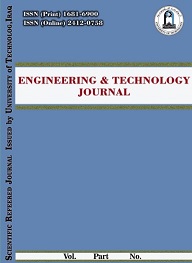Abstract
The performance of membranes for a specific application can be determined with the help of structural properties such as molecular weight cut-off (MWCO), morphology, and pore statistics. Heavy metal ions from aqueous streams can be separated with the help of ultrafiltration membranes. In the presence and absence of the various components of the additive poly (ethylene glycol) 600, MWCOs and pore statistics of polyurethane (PU) and carboxylated polysulfone (CPSf) blend ultrafiltration (Total Polymer Concentration = 17.5 wt %) were studied with the help of dextran of various molecular weights ranging from 19 to 150 kDa. The derived pore size, pores number, and porosity have a remarkable relationship with the MWCO, morphology, and the flux of the membranes. The blend membranes rejected certain toxic divalent heavy metal ions such as copper, cadmium, nickel, and zinc by complexing them into a polymeric ligand, poly(ethyleneimine) (PEI). The influence of the compositions of the polymer blend and concentrations of the additive on metal ions' removel and permeate flux are discussed.
Keywords
ultrafiltration; blend membrane; MWCO; pore statistics; toxic metal ion separation.
